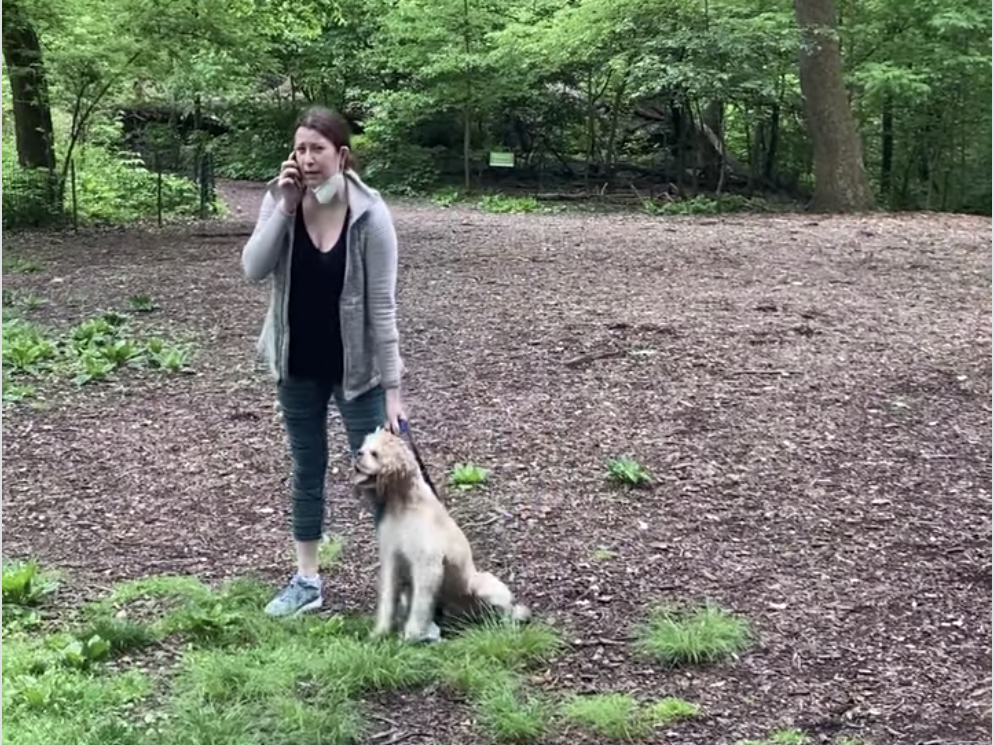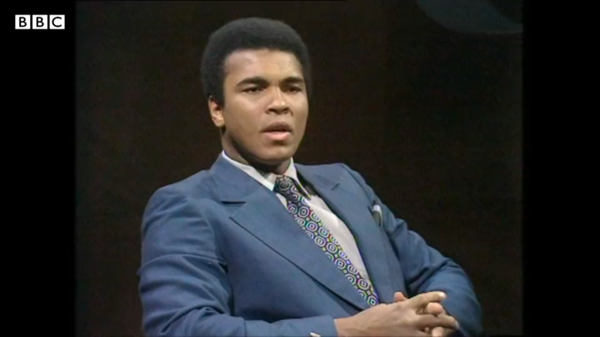In my last post, I sketched out a new goal setting system I dreamed up loosely based the many, many systems I’ve tried in the past. However, I found I wanted a system which was more mental-health friendly, and—to be honest—a bit more fun! I used it to set my first quarter goals, and now that the quarter is half-way over, I thought I’d share some observations about how it’s going so far. Needless to say, this post will make a lot more sense if you’ve already read the last one!
Is this a peak or a horizon?
I started the exercise by brainstorming on peaks and horizons with the mental image of what I can see from my current campsite. These generally came pretty easily, but there were a few situations where it wasn’t entirely clear whether something was a peak or horizon. These were usually things that were of the form: “Establish xyz as a new status quo”. Is this a thing to check off, or a new habit to cultivate? I wound up classifying those as peaks with the reasoning that establishing a habit is a thing that can be checked off, and then cultivating / improving the habit is a horizon.
Paths can have multiple destinations
With all the choices in front of me, I started picking out various peaks and horizons which felt most important to tackle in the coming quarter. For each, I picked out a path which seemed like a promising way to make progress toward it. Almost immediately, I noticed that nearly all of the paths I selected would bring me closer to multiple destinations. For example, I initially selected the path of “Develop a habit of taking a walk 4+ times per week” to bring me toward the “Improve physical health” horizon. However, it is also an excellent way to move toward the “Improve mental health” horizon as well. So, under my notes for that path, I included both.
As I was choosing paths, I also noticed that several of the Peaks were all specific things I wanted to accomplish to move my photography business forward. So, I included both the peak (i.e., the specific project) as well as the horizon (i.e., advance my business) in my notes for those paths.
By the time I was part-way through selecting paths, I found that I was starting to deliberately look out for Paths which could bring me closer to multiple destinations. In hindsight, I now feel like this is an important criteria to use when brainstorming paths in the first place.
Capture notes when selecting paths
As I selected each path, I immediately had a whole bunch of random ideas about it. Most were ideas for implementing the path, but some were details about deliverables, who should be involved, open questions in need of answers, and lots of other things. I gave myself permission to just capture all that stuff just to get it out of my head. That way, I could feel ready to move along to the next one without anything cluttering up my brain.
Milestones as being in the past tense
When I got to thinking about milestones, I found it helpful to take the perspective of looking backward along the path from the point of view of having already successfully completed it. That made it easy to see all of the milestones in the past tense: as things already done. It also made it easier to visualize moments which, in hindsight, were important inflection points or signs of progress. Compared to other systems I’ve used (e.g., OKRs), this felt much lower-pressure and wholesome. These weren’t things to strive for at the penalty of being a failure, but rather things you happen to notice were steps along the way to being successful.
Multiple Campsites
When I got to thinking about campsites, the first thing that came to mind for all of them was: “end of quarter”. That’s the cadence at which I want to do these “campsite” exercises, so that made total sense. I found this rather too simple, so I spent some more time, and found that I could also add “all milestones achieved”. Also not super insightful, but it makes sense that you’d stop to pause at that point.
The real insight came as I spent a bit more time and found that I didn’t really need to achieve all of the milestones to feel like it was a good time to stop and re-evaluate. In one case, the peak in question was to set up a new recurring habit. There were a bunch of milestones which might be reached, but really, I’d consider myself to have reached the next campsite after demonstrating that I could repeat the new habit: whether I reached the subsequent milestones or not.
Naming the adventurers
When I was pretty much finished with everything else, I was reviewing my selections and trying to decide whether I was spreading myself too thin. At that point, I decided to assign each path to a specific adventurer, and name the adventurers according to the broad areas of focus each path was addressing. So, I wound up with “Arnold: Fitness Adventurer”, “Warren: Financial Adventurer”, and several others. Some of them are people I’ve never met, and others are mentors I’ve actually known. I liked the idea of attaching a specific person each path as a reminder of someone who would be an inspiration as I travelled down it.
So far, I’m liking the new system a lot. It feels like much less pressure, and I don’t have the same sense of trepidation about the possibility of not meeting all my goals that I’ve felt with other systems. I’m also finding that I’m actually accomplishing a much higher percentage of my milestones than is typical at this point in the quarter. I’m looking forward to seeing how things progress through the rest of this first attempt at using it!
If you’ve been interested enough in the Adventure Goals system to try it out, I’d love to compare notes on how it’s been working for you!


